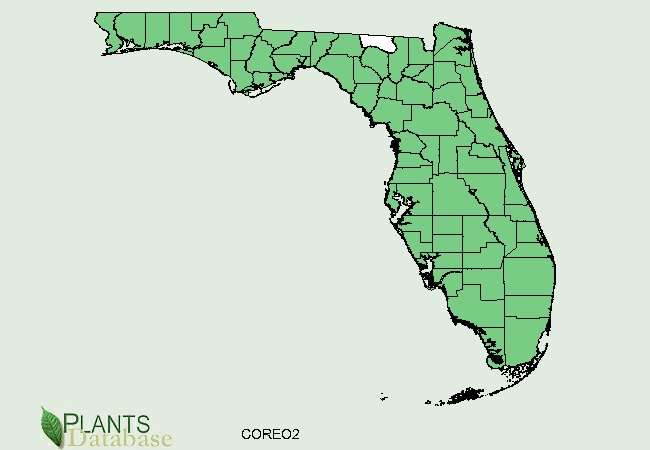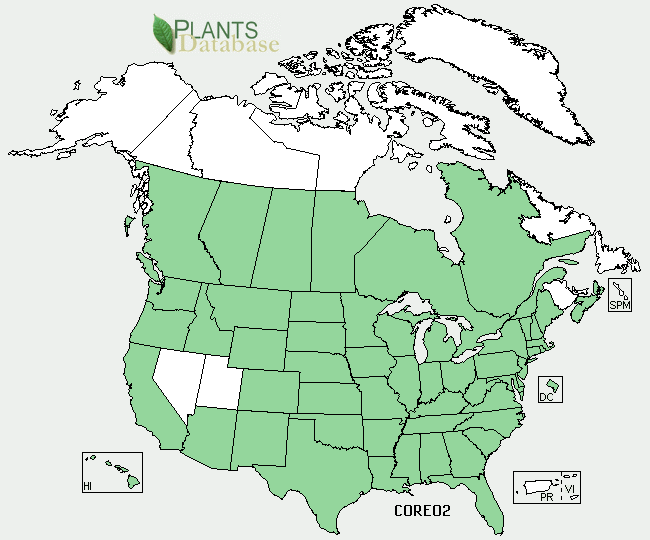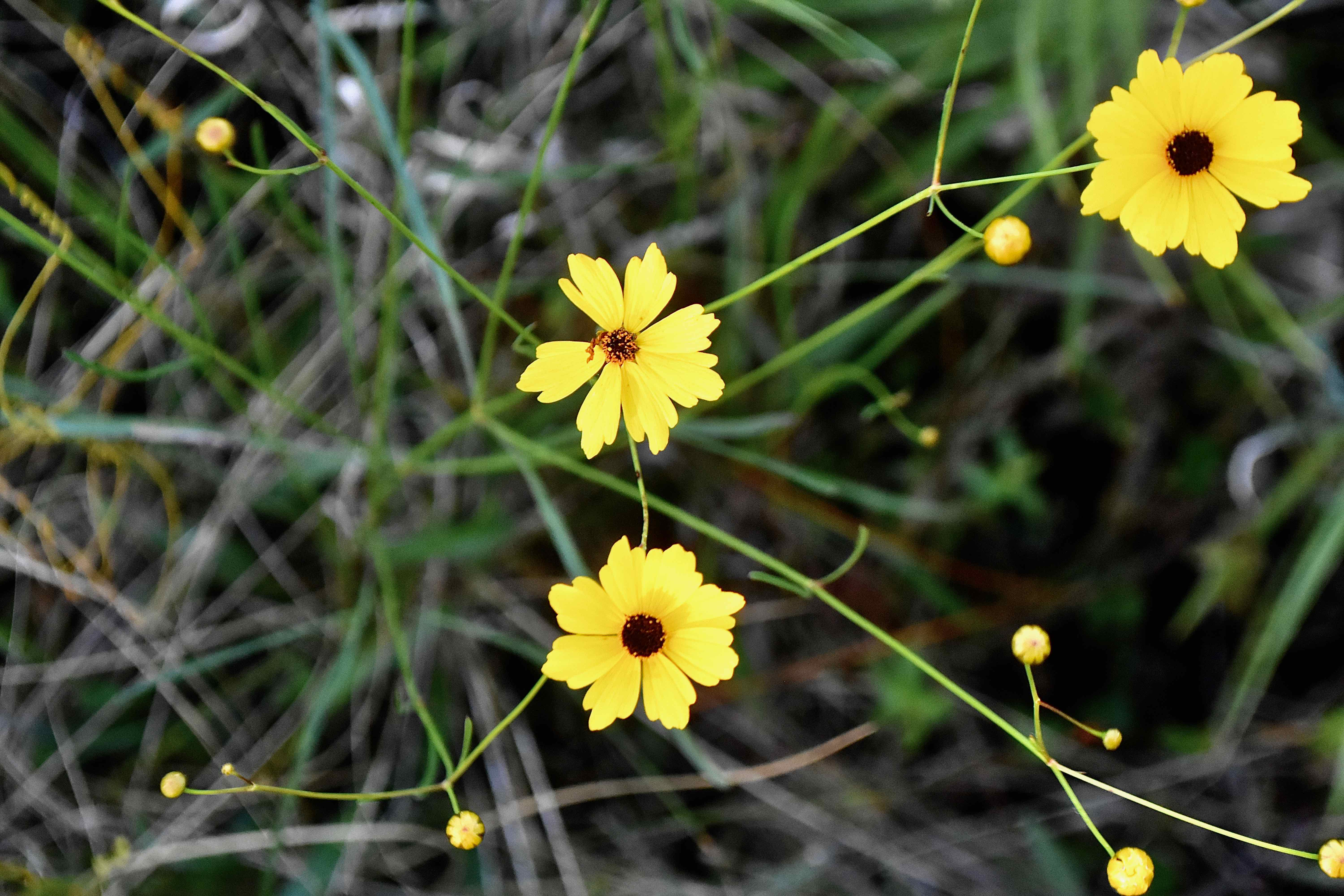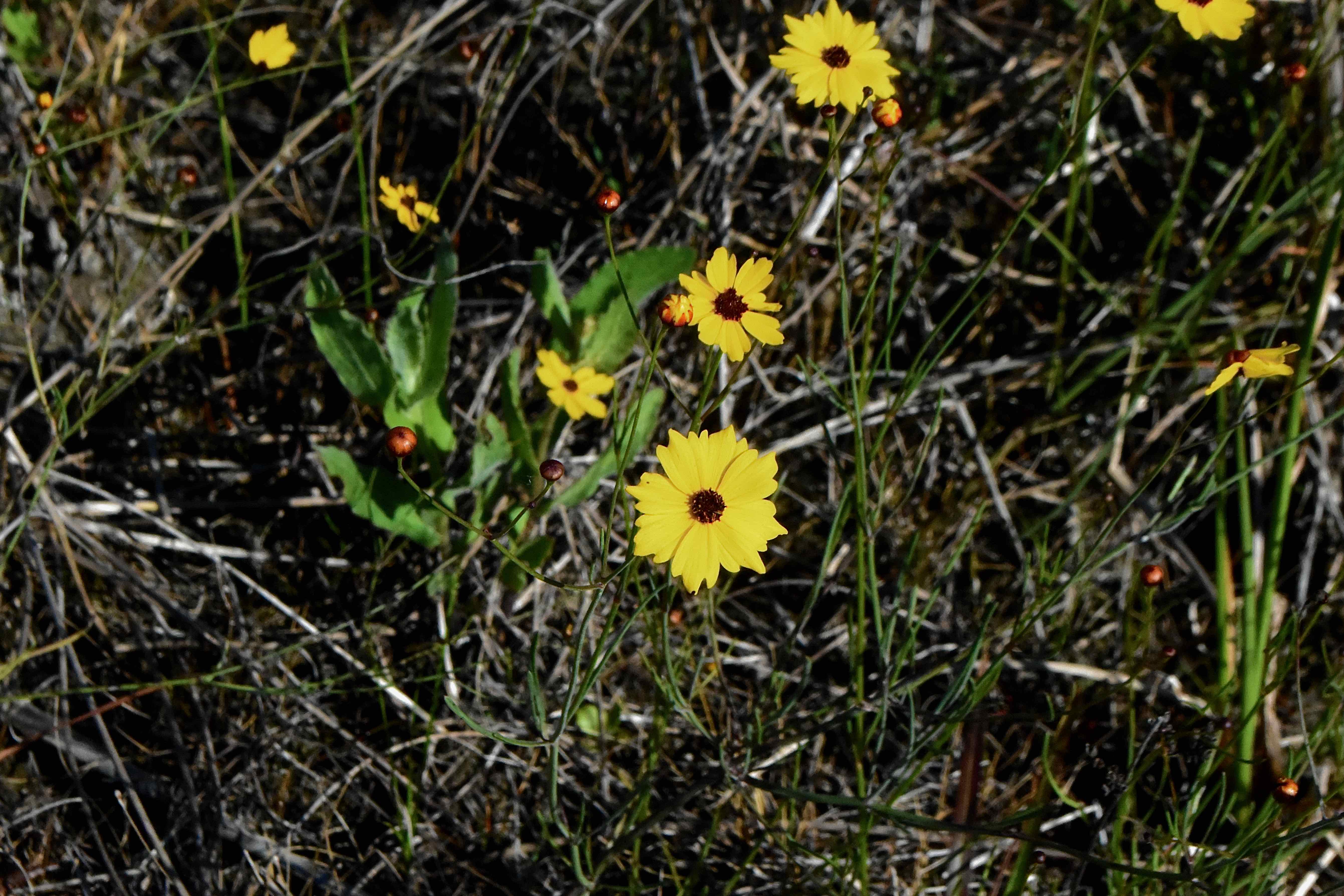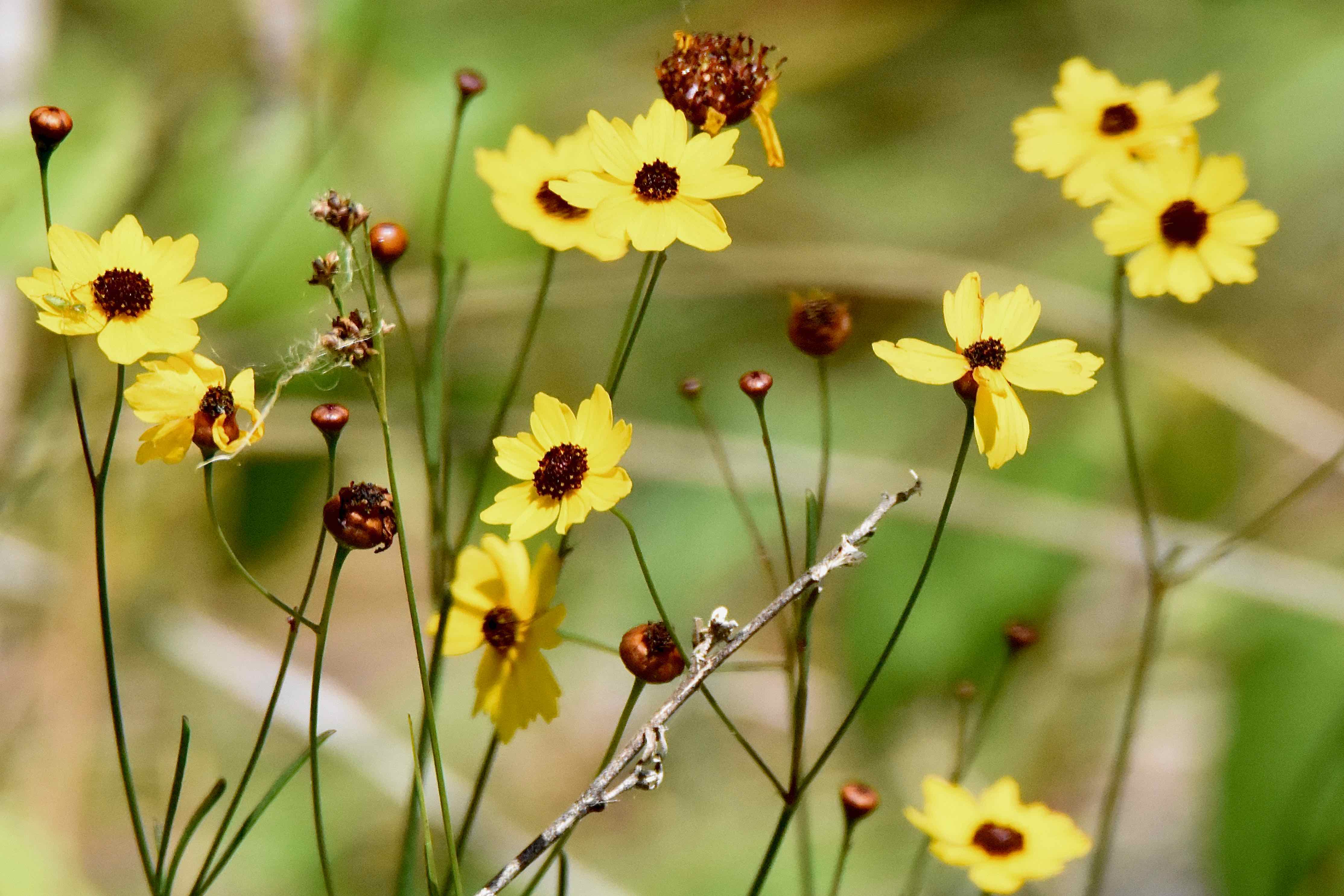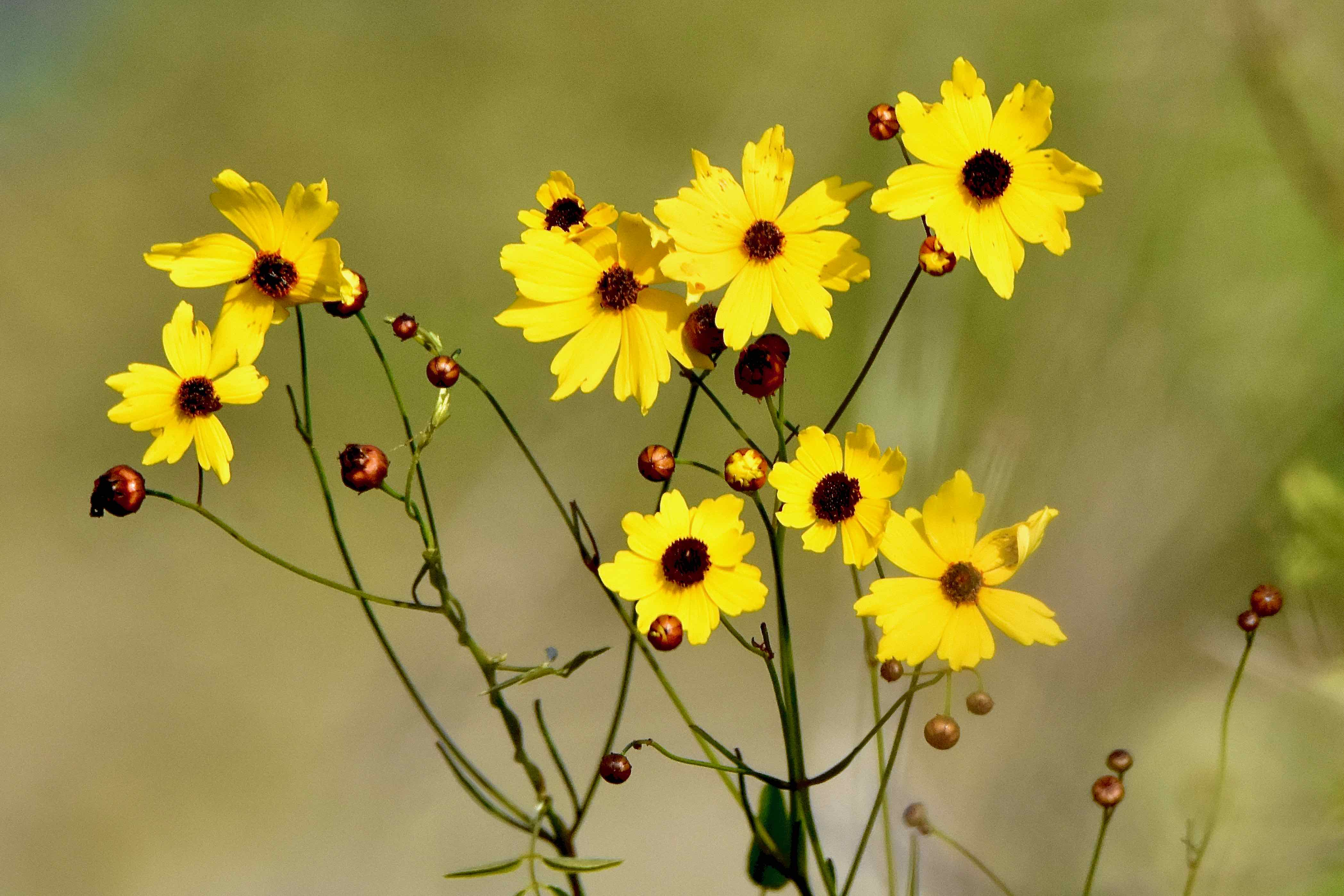
Coreopsis, photographed at Winding Waters Natural Area, West Palm Beach, Palm Beach County, in April 2018.
This is coreopsis, Florida's state wildflower, so chosen by the Legislature in 1991. But the Florida Legislature being the Florida Legislature, they did things a little differently than most states. Coreopsis isn't just a flower. It's actually a group of 34 related flowers, of which 15 are found in our fair state, all of which, or at least the natives, would have a claim to being the state flower.
It's hard to argue with the selection. One species or another is found in 66 of Florida's 67 counties — Hamilton County on the Georgia border is the lone exception — and nothing says sunshine more than coreopsis in bloom. (If you were wondering, Florida's state flower is the orange blossom.)
A coreopis adorns the Florida Wildflowers license plate. There's even a coreopsis found only in the Sunshine State called Florida Tickseed (Coreopsis floridana). By the way, coreopsis species are commonly called tickseeds because their seeds resemble the blood-sucking bugs. The name is a mashup of korios, Greek meaning bedbug, and opsis, meaning looks like. The most widespread of Florida's coreopsis species is Leavenworth's tickseed, Coreopsis leavenworthii, not named after the federal military prison, we trust. It's one of two coreopsis species native to South Florida. It's found throughout the Peninsula and scattered counties in the Panhandle. It's also found in 46 of the lower 48 states and most of Canada.
Vegetation on the plant is sparse, but the flower more than makes up for it. They're a golden yellow, with a brown center disk, a half-inch to an inch in diameter. They bloom year round. Leavenworth tickseed stands one to three feet tall, narrower than its height. It is an annual, but it will reseed itself. It is a nectar plant for butterflies, most prominent of which is the extremely rare Miami blue. It's very common, found in prairies and pinelands throughout Florida. Another common name: coastal plain tickseed. It's also found in Alabama.
Florida tickseed, on the other hand, is rare. It's found only in the Sunshine State. It's the other South Florida species, but according to the Institute for Regional Conservation, it might be extinct in Miami-Dade and Broward counties; it was last reportedly seen in Parkland in northwest Broward back in 1982. IRC considers it imperiled in South Florida, but it's not legally listed by any state or federal agency as endangered or threatened. It's slightly taller than Leavensworth, standing two to three feet, but again, a narrow plant with sparse vegetation. It likes moist to wet soil. As might be expected, it is a nectar source for butterflies.
The road to becoming Florida's official wild flower actually began in the 1960s. As the story goes, the Florida Department of Transportation decided it wanted to spruce up the state's network of highways by planting wildflowers along the rights of way. The question was, which wildflowers? FDOT teamed up with the Florida Federation of Garden Clubs to fund a research project at Florida Atlantic University, which determined that coreopsis was the perfect choice. The federation later began campaigning to make coreopsis Florida the official state wildflower, culminating with its selection during the 1991 legislative session.
According to the United States Department of Agriculture, there are 34 species of coreopsis growing in North America. Members of the genus are found 47 of the 50 states, plus the District of Columbia, and most Canadian provinces. Their flowers range in color from the bright yellows seen in coreopsis here to whites, pinks and reds.
Coreopsis is a member of Asteraceae, the sunflower family.
Winding Waters Natural Area
Photo Gallery — Click on photo for larger image
U.S. Department of Agriculture Distribution Maps
Leavenworth's Tickseed
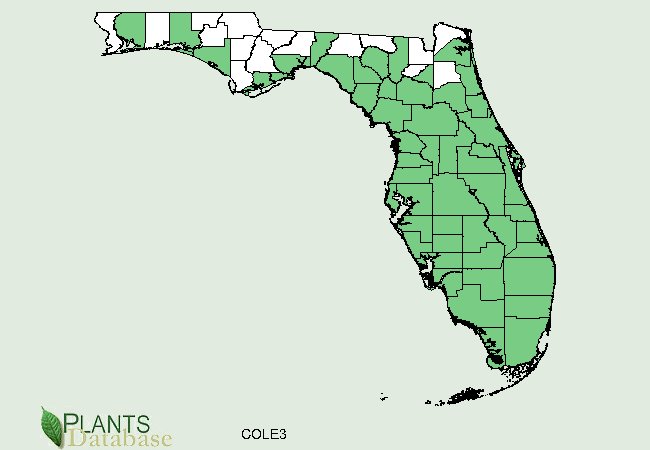

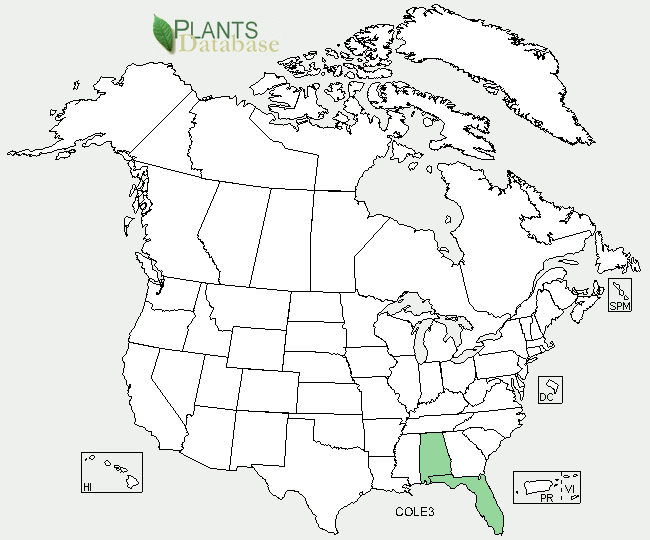
Florida Tickseed
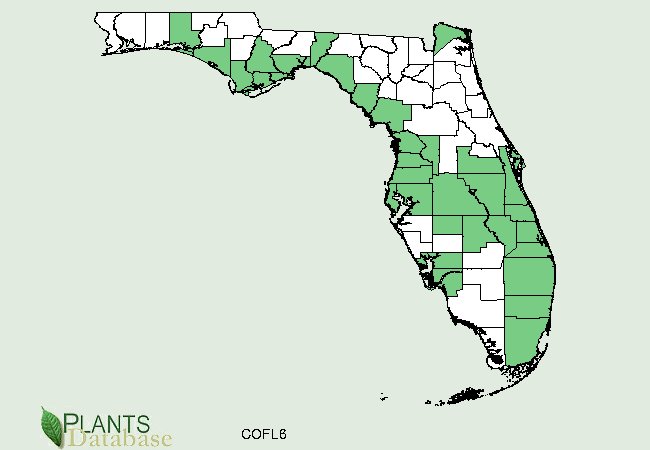

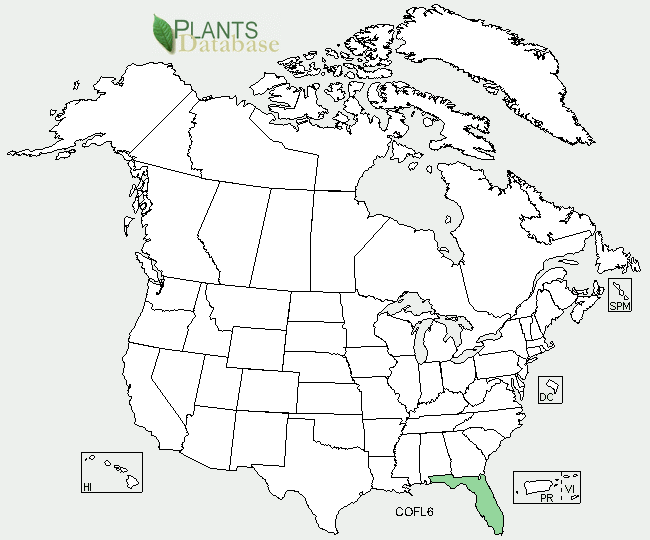
All Coreopsis Species
